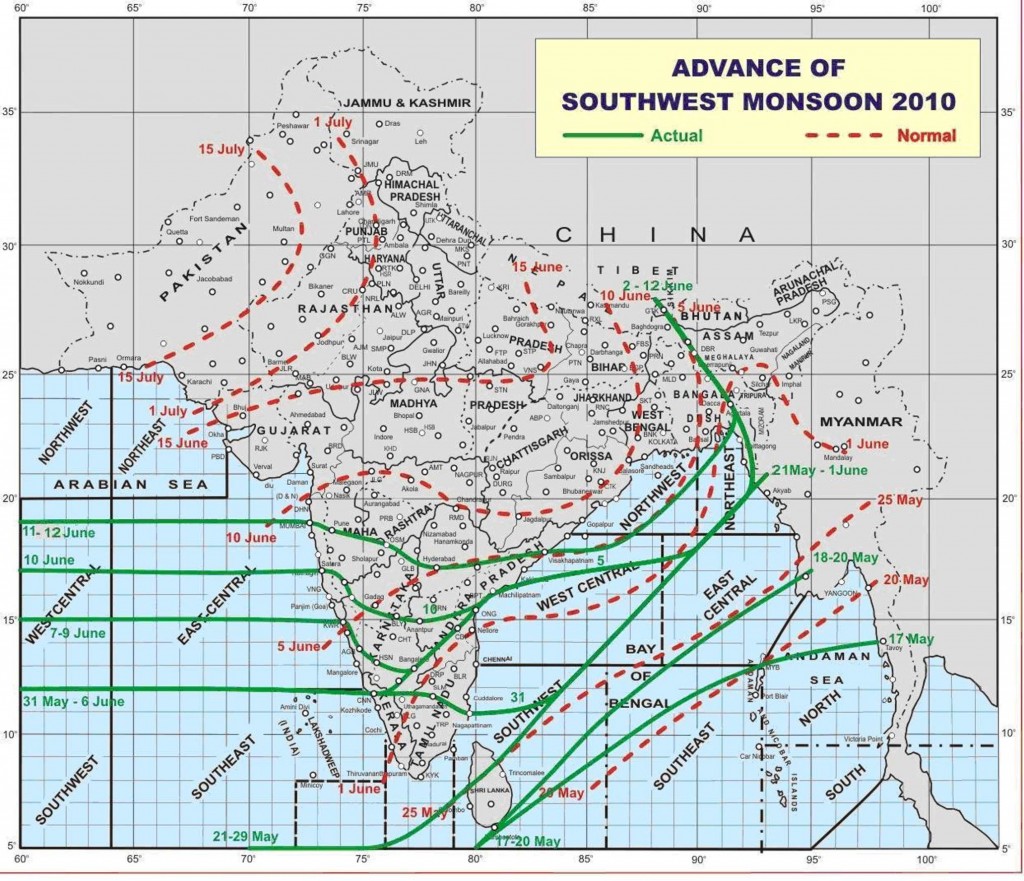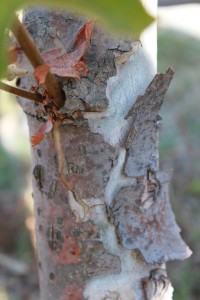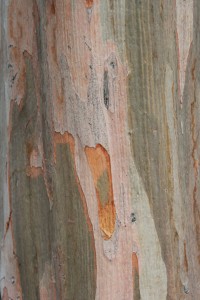The week that was, 6/6-12/2010
Posted on | June 13, 2010 | 1 Comment
… while excess rain involves modest gains, deficiency involves large losses. — “Monsoon, welcome,” commentary by Ramesh Chandra, director of India’s National Centre for Agricultural Economics and Policy Research, Financial Express, June 9, 2010
A draconian drilling moratorium might make more sense if the industry had a history of devastating oil spills. — Opinion piece, “The second oil disaster,” The Wall Street Journal, June 9, 2010
“One of the last pristine, most biologically diverse coastal habitats in the country is about to get wiped out. And there’s not much we can do about it.” — Felicia Coleman, director, Florida State University Coastal and Marine Laboratory, “Even the best outcome won’t be good,” USA Today, June 7, 2010
… the Old and Middle rivers – tributaries of the San Joaquin – now flow backward much of the year as the pumps draw water toward them. — “This time will we end the water war?” by Matt Jenkins, San Francisco Chronicle, June 13, 2010*
 It just turns your whole world upside down when you can turn the faucet on and stick a cigarette lighter under it and you get this explosion of flame.” — Josh Fox discussing his HBO documentary ‘Living in the Middle of a Gasland,’ Fresh Air, NPR, June 10, 2010, via WaterWired
It just turns your whole world upside down when you can turn the faucet on and stick a cigarette lighter under it and you get this explosion of flame.” — Josh Fox discussing his HBO documentary ‘Living in the Middle of a Gasland,’ Fresh Air, NPR, June 10, 2010, via WaterWired
Click here to keep reading ‘The week that was’
Arroyo Seco water budget
Posted on | June 12, 2010 | No Comments
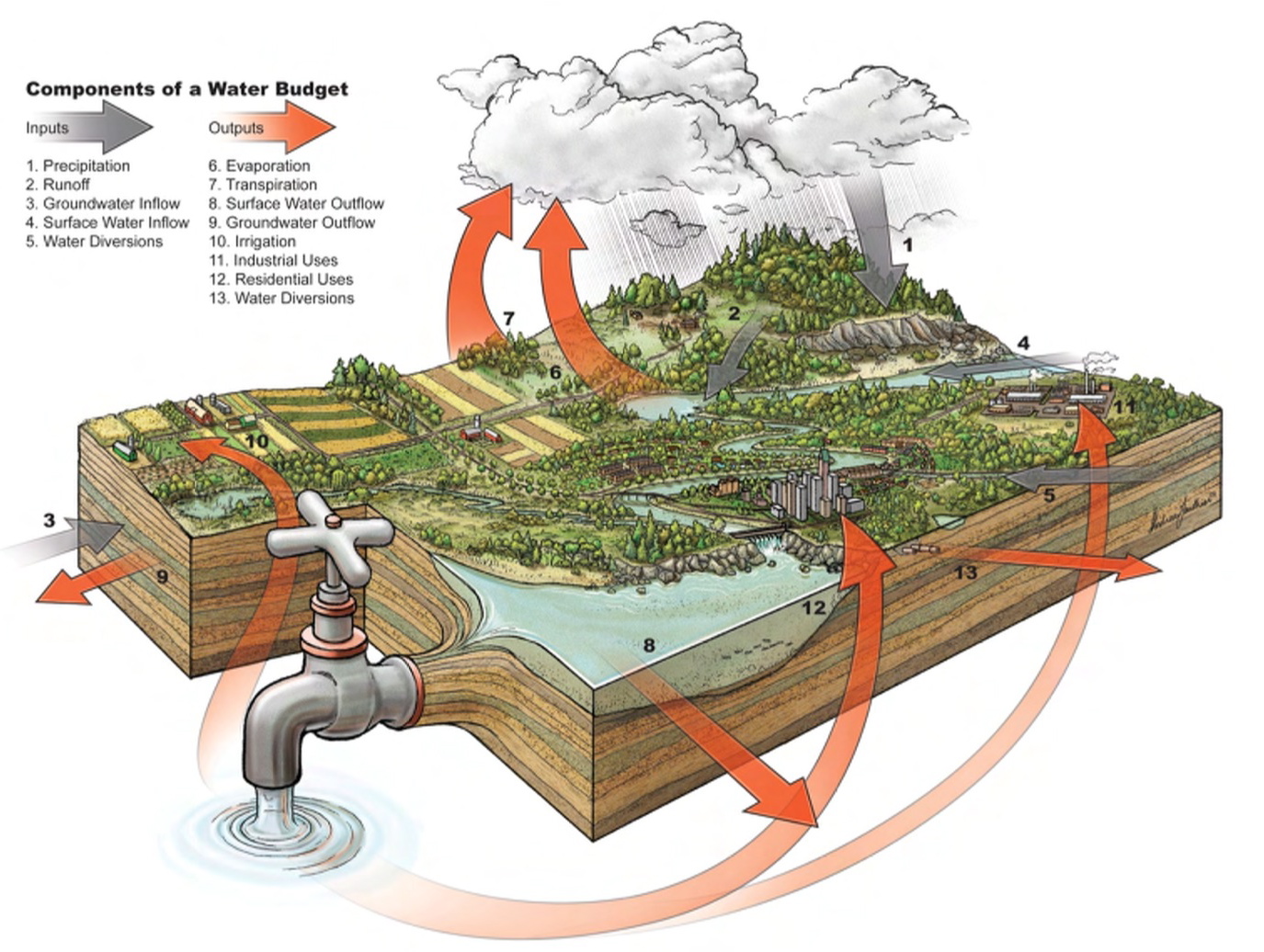
After reading the newly published "A Water Budget for the Arroyo Seco Watershed," those who doubt the conservation cred of the Metropolitan Water District of Southern California may still wish that its board would wake up in the 21st century, but they will probably not question the dedication to conserve and educate of Met chairman Tim Brick. Through the Arroyo Seco Foundation, Brick has just published a report that takes residents of the Los Angeles County communities of La Cañada Flintridge, Pasadena, Highland Park, Montecito Heights and Elysian Park through the natural and unnatural water cycles that drive Southern California. The report could not be more layman-friendly, however anyone interested in urban water management should click on the graphic to be taken to the foundation, where the document can be downloaded for free.
Rambling LA: The Chumash Trail
Posted on | June 12, 2010 | No Comments
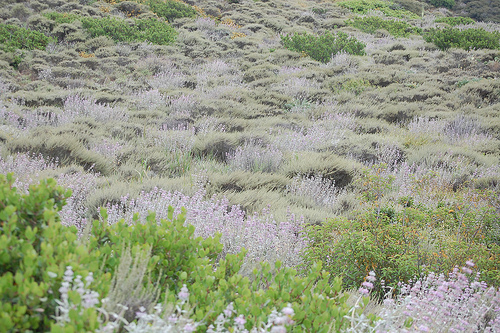 Environment reporter Ilsa Setziol recently left the San Gabriel foothill haunts often covered by her blog Rambling LA for a hike on the Chumash trail in Point Mugu State Park. This photo essay captures glimpses of coastal sage scrub in spring, including the toyon, sages and artemisia pictured above. Click here for more images from Ilsa’s foray, including close-ups of mariposa lilies, buckwheat, prickly pears, golden stars, monkey flowers and yucca spires. For background on the trail, click here for a piece by John McKinney from the Los Angeles Times. Or for regional Southern California listings of hikes, restoration projects and dry garden events, click here. If you have an event that you would like listed, please send details to emily.green [@] mac.com or provide a link in the comment box.
Environment reporter Ilsa Setziol recently left the San Gabriel foothill haunts often covered by her blog Rambling LA for a hike on the Chumash trail in Point Mugu State Park. This photo essay captures glimpses of coastal sage scrub in spring, including the toyon, sages and artemisia pictured above. Click here for more images from Ilsa’s foray, including close-ups of mariposa lilies, buckwheat, prickly pears, golden stars, monkey flowers and yucca spires. For background on the trail, click here for a piece by John McKinney from the Los Angeles Times. Or for regional Southern California listings of hikes, restoration projects and dry garden events, click here. If you have an event that you would like listed, please send details to emily.green [@] mac.com or provide a link in the comment box.
The Dry Garden: Undressing for summer
Posted on | June 11, 2010 | 1 Comment
Bark hides in plain sight. Who needs the superhero power of invisibility when you’re constantly upstaged by flowers, fruit and foliage? It takes an event to draw the distracted eye to the trunk and limbs of a shrub or tree.
That event is happening now. With the summer solstice nigh, California’s best-adapted woody plants are slipping into dormancy to ride out the dry season. As they do so, still sated on spring rain, newly thickened by another year’s growth, the most wanton of the lot are shedding last year’s bark.
Click here to keep reading The Dry Garden on the beauty of bark in the Los Angeles Times.
We are all Gulf residents now
Posted on | June 10, 2010 | No Comments
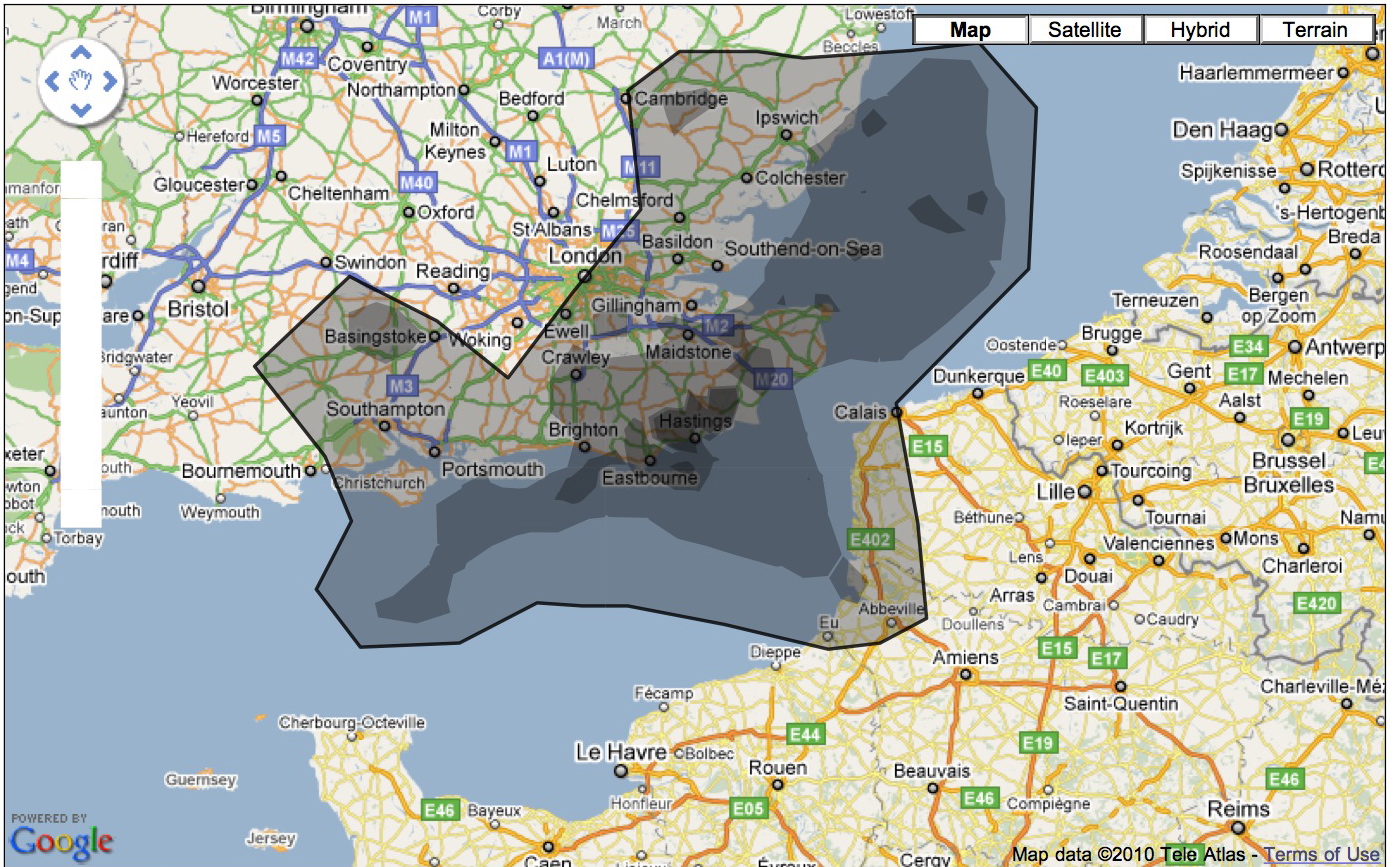
Gulf oil spill transposed to the English Channel. Source: Ifitwasmyhome.com. Click on the map to see how the British Petroleum oil spill in the Gulf of Mexico measures up over your local landscape.
British politicians and the British press have woken up offended by the depth of American anger at British Petroleum. There is a failure of imagination here. The fury would be white-hot if the spill were off British shores and an American company were responsible. No, that’s insufficient. There are no words for how the British would react if the equivalent of the Exxon Valdez spill were gushing into the English Channel every week for nine weeks and counting.
Yet leaving aside the dander of London’s twit of a Tory mayor and his relic friends from the Thatcher era, as the horror at the carnage mounts, and the British have no choice but to get off their high horses and into the toxic morass of this incomprehensible disaster, like it or not of their own making, it’s clear that we are all ultimately responsible, with arguable exceptions for the Amish. One website is driving home the cost of our addiction to oil by asking readers to put themselves in the path of the spill. Ifitwasmyhome.com allows visitors to put in their address to create a map to see how big the spill would be relevant to their known local landmarks. If after doing that finger pointing and shouting still seems appropriate, then by all means do it, preferably in ways that speed progress toward renewable energy and better town planning to wean us from oil. Ifitwasmyhome.com also suggests that we volunteer for clean up efforts or make donations to the National Wildlife Federation or International Bird Rescue.
Click here for the most recent NOAA oil slick forecast
